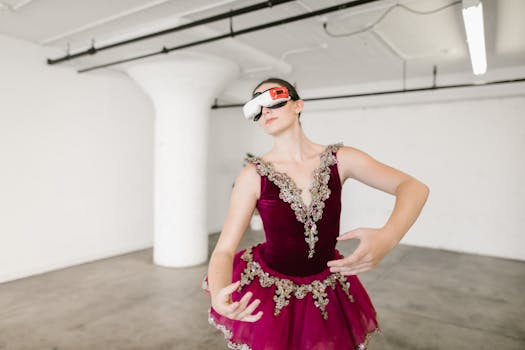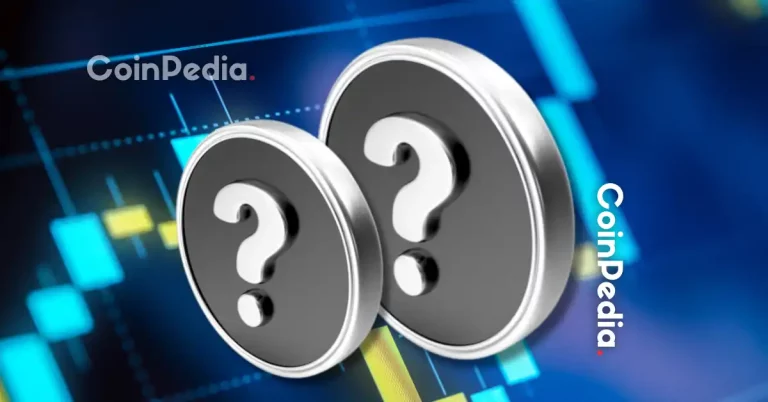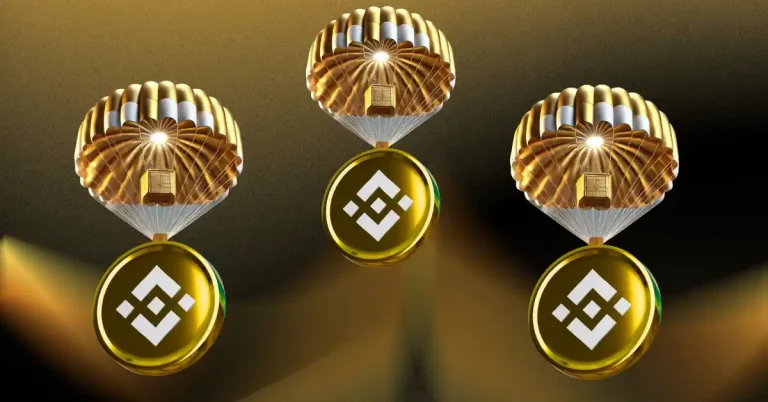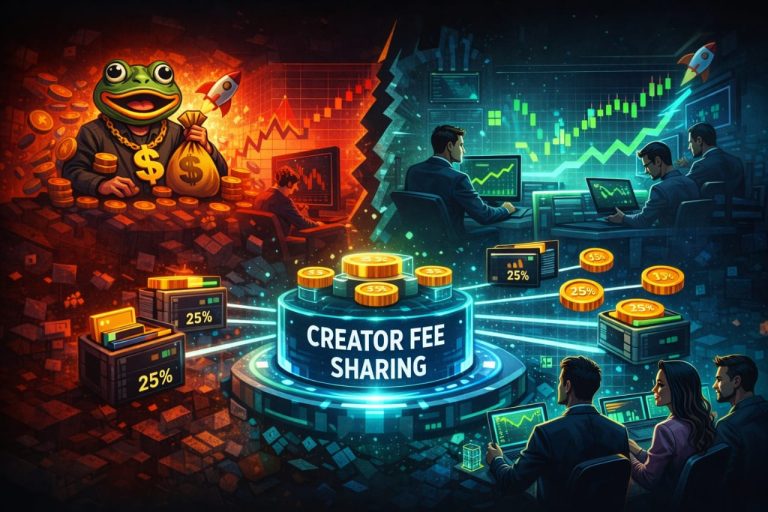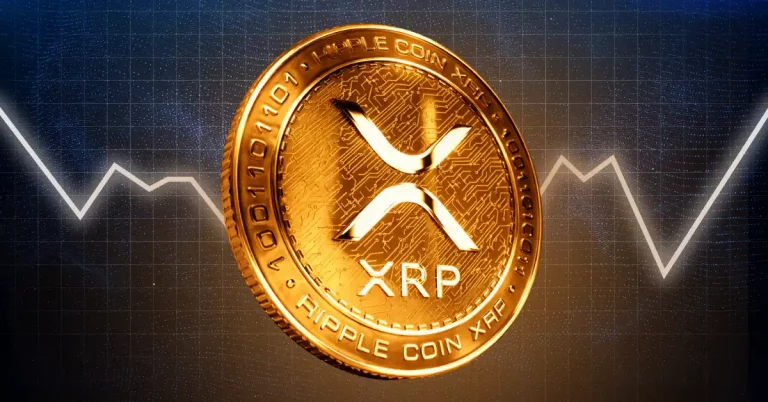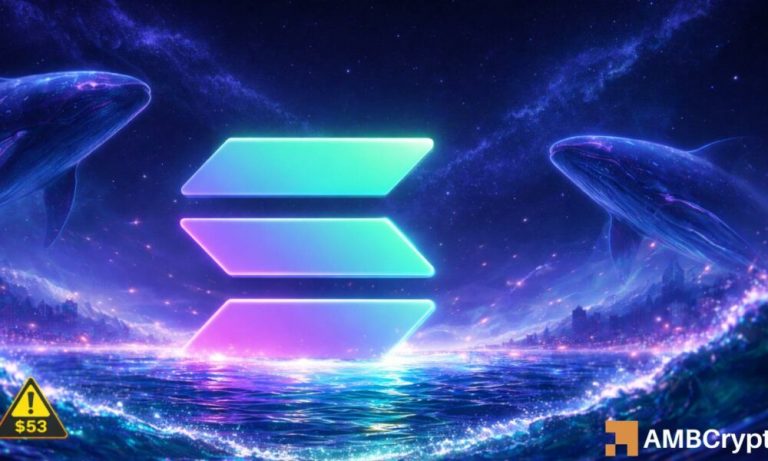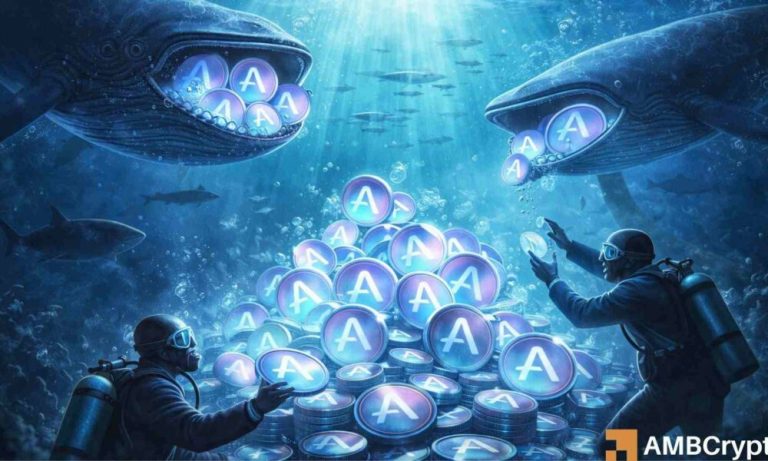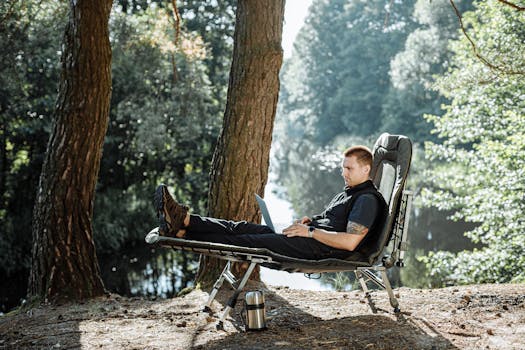
Digital Art Revolution: How Technology is Transforming Creativity
Takeaways:
- Technology is reshaping the landscape of creativity.
- Digital tools empower artists to experiment and innovate.
- AI and VR are creating new art forms and experiences.
- The art community is more connected than ever through digital platforms.
The digital art revolution is upon us, as technology continues to influence and redefine the creative process. From graphic design to virtual reality, the tools available to artists are evolving at a rapid pace. This article delves into how technology is transforming creativity, the new opportunities it presents, and the challenges artists face in this dynamic landscape.
The Evolving Landscape of Digital Art
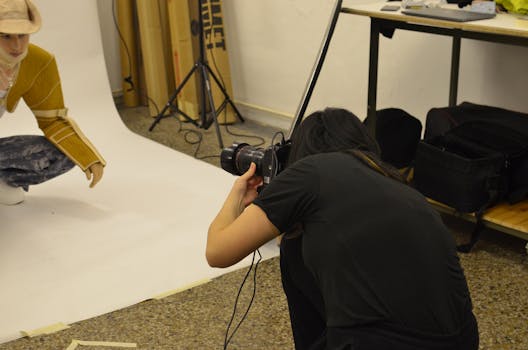
Moreover, the rise of tablets and styluses has made digital painting more accessible. Artists can now sketch, paint, and illustrate directly on screens, providing a more natural and intuitive experience. This technological advancement enables greater experimentation with styles and techniques, encouraging artists to push the boundaries of their creativity.
Additionally, the integration of artificial intelligence in art creation is another facet of this revolution. AI-driven tools can analyze vast datasets of artistic works and generate new pieces, presenting a unique collaboration between human creativity and machine learning. This intersection raises philosophical questions about authorship and originality, yet it undeniably opens new doors for artistic exploration.
Virtual Reality and Augmented Reality: New Dimensions of Art

For example, platforms like Tilt Brush enable artists to paint in a 3D environment, creating sculptures and landscapes that can be explored from all angles. This technology not only enhances the artistic experience but also invites collaboration and participation from viewers, thereby redefining the role of the audience in the art-making process.
AR, on the other hand, blends digital art with the real world, allowing users to experience art through their smartphones or AR glasses. This technology enables artists to overlay digital elements onto physical spaces, creating interactive and engaging art pieces that can be experienced in everyday life. The potential for AR in public art installations is immense, transforming urban spaces into dynamic canvases.
The Impact of Social Media on the Art Community

Furthermore, social media has enabled artists to receive instant feedback, helping them refine their work and connect with their audience. The rise of art challenges and hashtags promotes engagement and creativity, encouraging artists to participate and showcase their talents.
However, the reliance on social media also presents challenges. The pressure to maintain a constant online presence can lead to burnout, and the emphasis on likes and shares may overshadow the intrinsic value of art. Artists must navigate this landscape carefully, balancing their online engagement with their creative processes.
Conclusion
